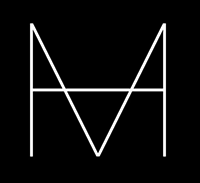The Stylus Fantasticus, now what is that?
- Dominic Teresi, dulcian
- May 1, 2019
- 1 min read

"The Stylus Fantasticus ... is the most free and unrestrained method of composing. It is bound by nothing, neither by words nor by harmonic subject. It was instituted to display genius and to teach the hidden design of harmony, and the ingenious composition of harmonic sequences and fugues.” — Athanasius Kircher (1650)
The turn of the 17th century was a watershed era in European history. Radical developments in technology, science, and finance ushered the world into a new “modern" era, the fruit of the flowering of the Renaissance. Music also saw its own radical changes, such as the invention of basso continuo. A new kind of musical form, the “sonata," was born: purely instrumental music exploring musical expression and conversation, yet unbound by text.
The Stylus Fantasticus, with its abrupt transitions, passionate harmonies, and quirky dance rhythms, was born in Italy in the early decades of the century, thanks to composers like Dario Castello and Giovanni Battista Fontana who wrote sonatas for small ensembles of two or more instruments. Travelling musicians such as Biagio Marini and Antonio Bertali carried the style across the Alps into Austria and Germany where it found fertile soil in the imaginations of native German-speaking composers such as Johann Heinrich Schmeltzer and Johann Caspar Kerll.
Join us at Haus Musik: Fantasticus as we explore this rich and extravagant repertoire performed on popular instruments at this time: violins, dulcian, theorbo, and harpsichord.



























Comments